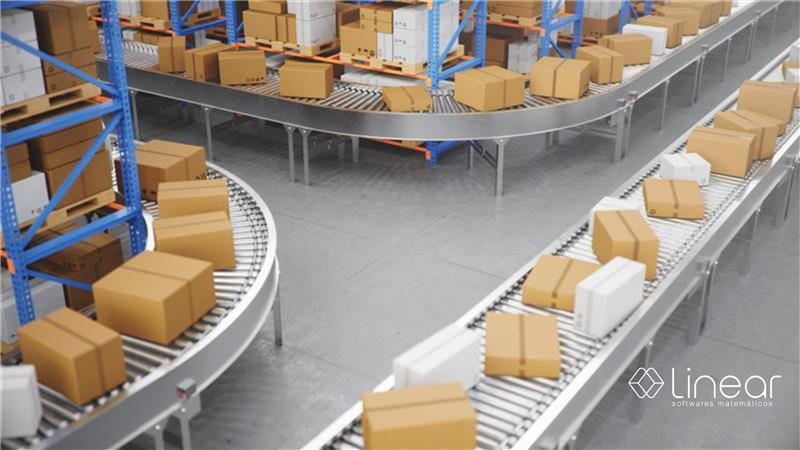Introduction
The choice of location for distribution centers (DCs) and factories is one of the most critical factors for a company's logistical efficiency and operational success. A poorly planned decision can result in high costs, inefficient delivery times and negative impacts on the supply chain. In this article, we explore the main strategies for optimizing locational logistics, highlighting key factors and methodologies that can guide this decision.
Why is location essential in logistics?
The location of factories and distribution centers directly influences aspects such as:
- Logistics costs: Poorly planned distances increase transportation and storage costs.
- Delivery time: Strategic locations reduce lead time and improve the customer experience.
- Access to markets: A DC close to consumer hubs facilitates efficient distribution.
- Available infrastructure: Access to roads, railroads, ports and airports can be a competitive advantage.
- Skilled labor: Companies should consider the availability of workers in the region.
Criteria for Choosing the Ideal Location
The decision on where to locate a distribution center or factory must take into account a combination of strategic and operational criteria. The main factors include:
1. Proximity to Consumer Markets
Companies that serve customers in different regions should prioritize locations that allow for efficient distribution, reducing transport costs and delivery times.
2. Infrastructure and Logistics
Access to roads, railroads, ports and airports has a significant impact on the movement of goods. Locations with poor infrastructure can increase costs and compromise operational efficiency.
3. Operating costs
In addition to the cost of land or rent, it is essential to analyze local taxes, electricity, labor and tax incentives offered by different regions.
4. Availability of labor
Factories and DCs require qualified workers. Regions with a shortage of professionals can lead to operational difficulties and increased labor costs.
5. Tax Incentives and Government Policies
States and municipalities often offer tax benefits to attract companies. Evaluating these opportunities can result in significant savings in the long term.
6. Transportation Models and Logistics Costs
Transportation simulations help determine the best distribution points. Tools such as the Center of Gravity make it possible to calculate the optimum location to reduce logistics costs.
Strategies for Choosing the Best Location
1. center of gravity method
This mathematical approach calculates the ideal location for a distribution center, taking into account customer demand and transportation costs. The formula is based on weighted averages that identify the best break-even point.
2. SWOT analysis
Applying SWOT analysis (Strengths, Weaknesses, Opportunities and Threats) helps to compare different regions and understand the strategic impacts of each choice.
3. Logistics Modeling and Simulation
Simulation software can predict distribution scenarios and calculate the viability of each location, optimizing routes and costs.
4. Benchmarking with the sector
Analyzing where the main competitors have established their operations can indicate market trends and best practices.
Success Stories in the Location of Distribution Centers
Companies from different sectors have adopted effective strategies to define their locations:
- Amazon: Invests in DCs close to large urban centers to reduce delivery times and optimize e-commerce logistics.
- Walmart: Uses the hub-and-spoke technique, where large DCs supply regional stores efficiently.
- Automotive industry: Brands such as Toyota and Volkswagen choose locations close to strategic suppliers to reduce transportation costs.
Conclusion
The decision on where to locate a distribution center or factory must be based on data, strategic analysis and the use of technology. With location optimization tools and methodologies such as the Center of Gravity, companies can reduce costs, improve operational efficiency and increase their competitiveness in the market.
If your company wants to improve its logistics strategy, you can count on Linear Softwares Matemáticos to develop intelligent, customized solutions to optimize your operations.
Did you like the content?
Follow Linear's blog for more insights into logistics, optimization and technological innovation.



